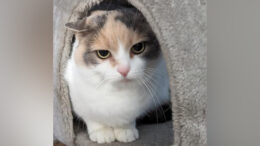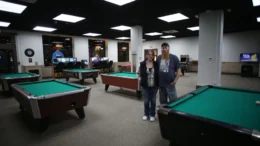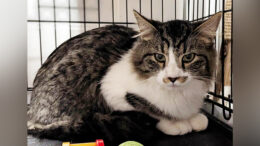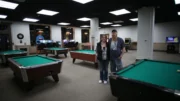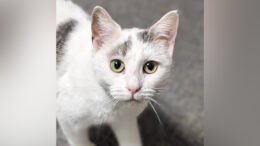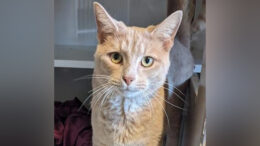Constructing a container garden isn’t about doing everything perfectly. In fact, there is no right way to create a container garden.
It is more about art and personal expression. Much depends on a person’s individual taste and preference. There are some general guidelines that will make this project more enjoyable.
The first thing you will need is a container that is pleasing to you. You may want to consider the colors of the plants that you are going to grow so that the container will accentuate them. Be sure that you go to a reputable garden center and look for the healthiest plants for your selection.
Some things to consider:
- Is there robust growth at the base of the plant?
- Does the underside of the foliage look healthy, or do you observe spots or pests hiding there?
- Do you want a plant that is going to take up a lot of room?
- Do you want tall plants or compact ones? Read the tags that accompany the plants.
- Are you going to place the container in the sun, partial shade/partial sun, or shade? Be sure that the growing requirements for the plants coincide with the location of your container.
It is important to start with a good soil combination for your planting. It is best not to make the container too full of plants at the beginning of the season. Allow for their growth. This may require some patience on your part, but it is best for the plants because they will have more room for root growth. Less crowded containers also have better airflow around the plants. Take into consideration the final size of the plants. For example, some petunias are quite vigorous and will expand rapidly. If the container garden becomes too full, don’t be afraid to transplant into a larger container or remove some of the plants.
Water is vital to a plant’s survival. The easiest way to tell if your container needs water is to stick your index finger about two inches into the soil. If the soil feels dry, then the plant needs water. Keep in mind that container plantings will dry out quicker than plants grown in the ground. The best time to water your containers is in the morning when the temperature is typically cooler.
One common technique for designing container gardens is the thriller, filler, spiller concept. This concept utilizes three different types of plants to create well-rounded combinations.
Plant types
Thrillers are plants that add height and create drama and vertical elements to the container combinations. They are the centerpiece plantings. Thrillers can either be flowering or foliage plants. Examples of thrillers are spikes, canna lilies, caladiums, or tall ornamental grasses. Thrillers are generally put either in the center or at the back of containers. If the containers will be viewed from all sides, place them in the center.
If they will be viewed from one side, place the thrillers in the back of the pots.
Fillers are rounded plants. These plants fill in the middles of the combinations and their job is to make the planters look full. More than one filler may be used. Some plants that make great fillers are lantana, nemesia, diascia, and coleus. Place the fillers in front of or around the thrillers, depending on the placement of your thrillers.
Spillers are the last plants to add to the combination container. Spillers are trailing plants that hang over the edge of the planters. Some examples would be sweet potato vine, creeping jenny, or petunias that trail. Spillers are placed close to the edges of the pots. If the pots are going to be viewed from all sides, spillers should be placed on all sides. Utilizing the thriller, filler, and spiller concept will help you to create well-balanced and full upright patio containers.
In addition, small containers work well-positioned in perennial gardens because they can be used at different locations as your perennial garden changes throughout the growing season. They also can serve as focal points in the garden.
Don’t be afraid to add perennials to container gardens. Perennials add dimension and texture. The advantage of utilizing perennials in container gardens is that you can reuse the same container plantings year after year and just freshen them as needed. Foliage can add great color elements to container plantings. Dark foliage is a great way to highlight light-colored flowers and create both drama and contrast in combinations.
Remember that creating containers depends on the creator’s personal preference.
Enjoy personalizing your garden and patio with container gardens.
This educational blog is a series of informative articles from the Penn State Master Gardeners volunteers plus news concerning the group and their activities. For more information, click here.





